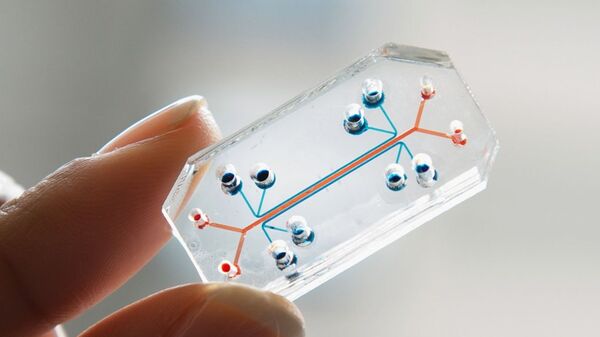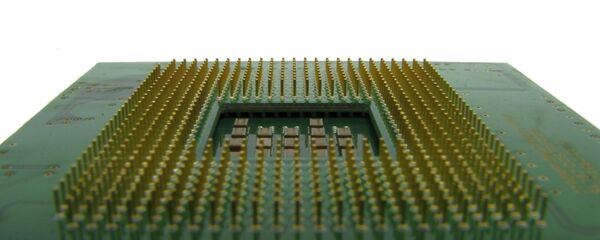The entry was nominated by the curator of New York's MoMA Paola Antonelli, who called the project "the epitome of design innovation – elegantly beautiful form, arresting concept and pioneering application."
Human Organs-on-Chips was designed by a team of researchers at the Wyss Institute for Biologically Inspired Engineering in Massachusetts, who came up with their invention as a response to the "broken" paradigm used by pharmaceutical companies which discover and develop new drugs.
Learn how @wyssinstitute's human organs-on-chips are designed to mimic human organ-level functions [video] http://t.co/FJstuDBRuV
— Harvard University (@Harvard) 23 июня 2015
"Clinical studies take years to complete and testing a single compound can cost more than $2 million. Meanwhile, innumerable animal lives are lost, and the process often fails to predict human responses because traditional animal models do not accurately mimic human physiology."
Instead, the Institute and its collaborators have come up with microchips which recreate the microarchitecture and functions of living organs, such as the lung, heart, and intestine.
"Each individual organ-on-chip is composed of a clear flexible polymer about the size of a computer memory stick that contains hollow microfluidic channels lined by living human cells. Because the microdevices are translucent, they provide a window into the inner workings of human organs."
In addition to its drug testing-related applications, the technology "has great potential to advance the study of tissue development, organ physiology and disease etiology," wrote the developers in a scientific paper about the devices, published in August 2014 in the journal Nature Biotechnology.
As a next step, the team at the Wyss Institute plans to build ten different organs-on-chips and string them together to make a "human-on-a-chip," which will mimic the physiology of the whole human body.





